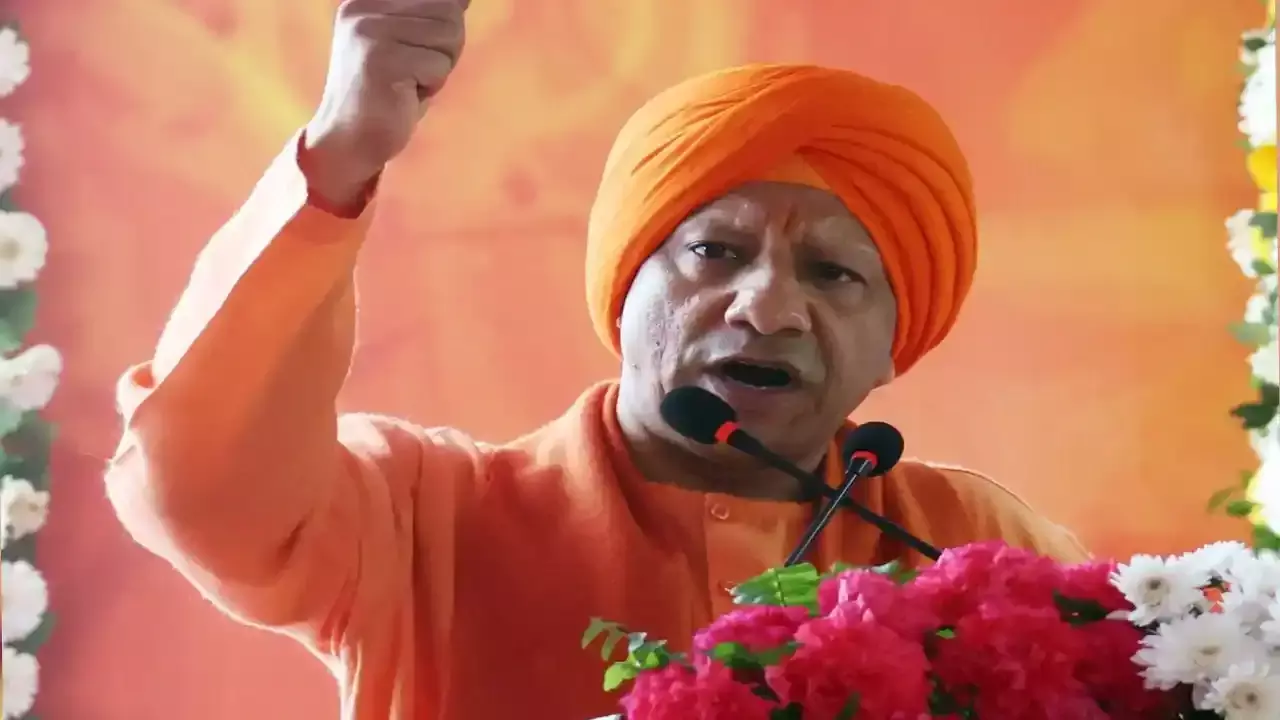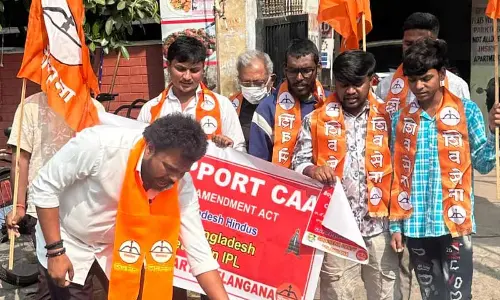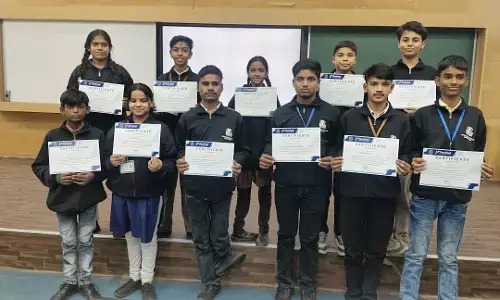Dry Fruits And Shah Rukh In A Samarkand Market

Dry Fruits And Shah Rukh In A Samarkand Market. When I went to Samarkand in Uzbekistan I decided to pretend I was tracing the footsteps of my ancestors who would have traversed these regions and headed straight for a market.
When I went to Samarkand in Uzbekistan I decided to pretend I was tracing the footsteps of my ancestors who would have traversed these regions and headed straight for a market. Interestingly, the ancient trading centre, Chorsu, lay just before the market began. It is now a renovated structure and adjoins the famous Registan Square, with its cobbled paths, well laid out gardens and fountains.

It was, in fact, the very place from where Timur had emerged to cause such ruin and havoc, not just in India but in the entire region around present day Samarkand. Here, however, he was known as the ‘Wise Timur’, or Amir Timur, for he was generous, brought in wealth and patronised the arts and education.
After tarrying awhile at Registan Square, I resumed my walk towards the market. All along the street were sophisticated showrooms selling the souvenirs of Samarkand, but I decided to resist their siren call and head straight for the market.
I thanked the almighty for that decision because it got me to a magnificent tomb built for Bibi Khanum, Timur’s favourite wife, or so went the legend. Just across from this monument lies the wonderfully organised market that I was seeking. The ingenuity of Uzbekistan is that it succeeds in creating the ambience of an old fashioned exterior but one that is so neatly laid out that it is convenient for the modern visitor.
The market made me feel that I was a trader of yore and, not surprisingly, public discourse in this stretch is all about dollars, euros and, yes, even rupees. Traders here speak far more languages than the average person one would meet in Samarkand, and everybody knows about “Hindoostan”! People speak about India fondly. I wondered: could it be because they were grateful for the riches that Timur could take away. It was only later, as I sauntered through this fascinating space, that I discovered that there was another reason for the connect with India.
The market began with toffees, sugar-coated dry fruits and items of this kind. This led me straight to the dry fruit stalls. Here most of us from India could go berserk for the prices were unbelievable - a kilogram of excellent, crisp and tasty walnuts was available for about Rs 500. Similarly, dry apricots came for around Rs 300 per kilo! One of the sales men, Mohammad Ali, refused to lower the price of walnuts he was selling but suddenly asked me, “Are you Seeta or Geeta?”
I couldn’t help but smile at his, explaining that while Seeta and Geeta were common Indian names for females, my name was neither. But he kept insisting that I must be one of them; later, I realised he was referring to the Bollywood film by that name. Another hawker, this time selling roasted cumin seeds, asked me if I knew Mithun Chakravarty. He was persistent and wanted to know if his house was close to mine. In yet another shop I heard songs of a Shah Rukh Khan movie playing. The coin then dropped, Bollywood was the reason why ‘Hindoostan’ was so close to everyone’s heart here!
There was no garbage on the streets in spite of so many vendors and shoppers. It was also very large. You could get anything here, from clothes to cooking utensils; from wool to silk; from local breads to melons of every shape and size. There were also, of course, seasonal vegetables and fruits. I got to see luscious tomatoes, cucumbers, fresh water chestnuts, melons, plums and pears. Locally they also grow apples and grapes – the grapes were large, sweet and juicy; the apples were small and crisp, with a little tanginess in their sweetness.
Then I came to a row that only sold spices, including saffron, and another row where readymade salads were on offer to the hungry shopper. Carrots seemed to be a favourite here and so mounds and mounds of grated carrots spiced with lemon, some salt, sugar and olive oil mixed into them, were available to snack on. There was also a lot of local bread – ‘non’, as it was called. They emerged fresh and warm on trolleys and sold like hot cakes.
If you go to Samarkand, make sure that you shop. It is only then that you understand how charming the people there truly are!
Next Story
















